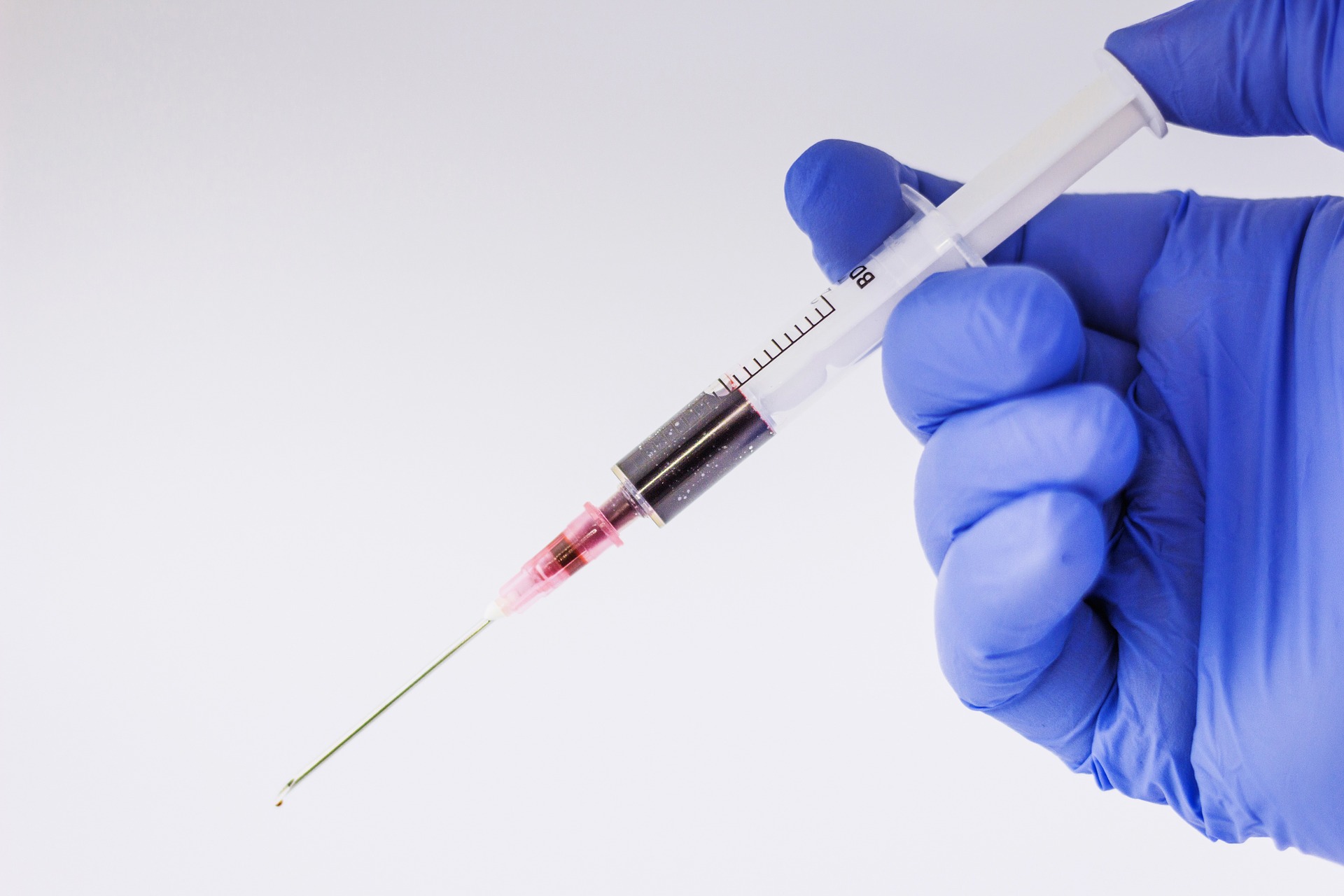
12 Jun A Basic Guide to Find Your Perfect Laboratory Gloves
Gloves are the most basic and important protective equipment for everyone. However, there are no gloves that can satisfy all needs. Each job has its own specific risk. Gloves used by builders are different than medical gloves. Especially for scientist, choosing the laboratory gloves can be tricky.
Laboratory gloves for handling chemicals are different from biological hazard. Unfortunately, when you are dealing with high-risk stuff like corrosive chemicals or deadly virus, general gloves are a big no.The process of choosing the right laboratory gloves can be very complicated.There are many things to consider such as durability, comfort, and many more. This article aims to give information on how to pick the right gloves and stay safe in your laboratory.
How do we know which Laboratory Gloves to choose?
Identify your risk!
Every scientist has his / her own specialty and field. There are chemist, biologist, zoologist, virologist, and many more. As their researches are unique, they are facing the danger they are facing in their experiment.
To ensure safety within the laboratory, it is important that the chosen laboratory gloves can prevent these 3 cases: permeation, penetration, and degradation.
Permeation refers to how chemicals can cross the glove barrier to come into contact with the wearer’s skin. Small biological molecules like virus or other pathogens can easily permeate the gloves and infect the wearer. In fact, the famed dimethyl mercury case, mentioned in our previous articles , was caused due to chemical permeation through the gloves. In this case, thickness is the key to prevent breakthrough of chemicals or dangerous molecule.
Penetration can be caused by porous materials, pinholes and other defects in the gloves. Based on the standard is by EN 374-2: 2014, gloves are categorized into three levels with level 3 offered the least penetration probability.
Degradation is the changes and damages of the physical properties of the gloves after exposure with chemicals. This includes discoloration, brittleness and stiffness of the gloves. For example, it only takes about 10 minutes for 100% isopropanol to penetrate latex or vinyl. In addition, petroleum-based hand
Options can also degrade latex gloves easily. In other cases, strong acid can also easily degrade normal gloves can cause burn.
The key to select the most appropriate gloves than to prevent three things mentioned above is to understand your risk. Always consult the Material Safety Data Sheet (MSDS) of the chemicals that you are working with and do risk assessment before each task.
Comfort is also important
 Even though you want to be safe at all times, the comfort of your gloves is also important. Imagine when you have to work with fiddly things with thick pair of gloves. Chances are you will not be able to finish your task
Even though you want to be safe at all times, the comfort of your gloves is also important. Imagine when you have to work with fiddly things with thick pair of gloves. Chances are you will not be able to finish your task
Especially when you are working in hospitals. Special medical gloves are used to both ensure sterility and safety of the patient. It is important to use well-fit medical gloves to ensure precision during medical procedure. However, when dealing with infectious microorganisms, gloves that gave enough thickness are necessary to avoid permeation.
Conclusion
In conclusion, good laboratory gloves should be able to prevent permeation, penetration and degradation by chemicals and microorganism. But we also have to consider the comfort of the gloves for efficiency purposes. Therefore Understanding the risk and importance of each job is very important when choosing the right gloves.
We understand that the process selection can be very tricky. Luckily, Solmeglas expert team also offers consultation services. Contact us and let us choose the correct gloves for you!
Reference
- Getting a handle on the right gloves. (2014). [On-line]. Available at http://shieldscientific.com/press/ . [Accessed 3 Junes 2018].
- Davis, D 2008, ‘Lab safety. Gloves: uncommon knowledge about common objects’, Laboratory Medicine , 39, 9, p. 576, CINAHL Complete, EBSCO host , viewed 5 June 2018.


Sorry, the comment form is closed at this time.